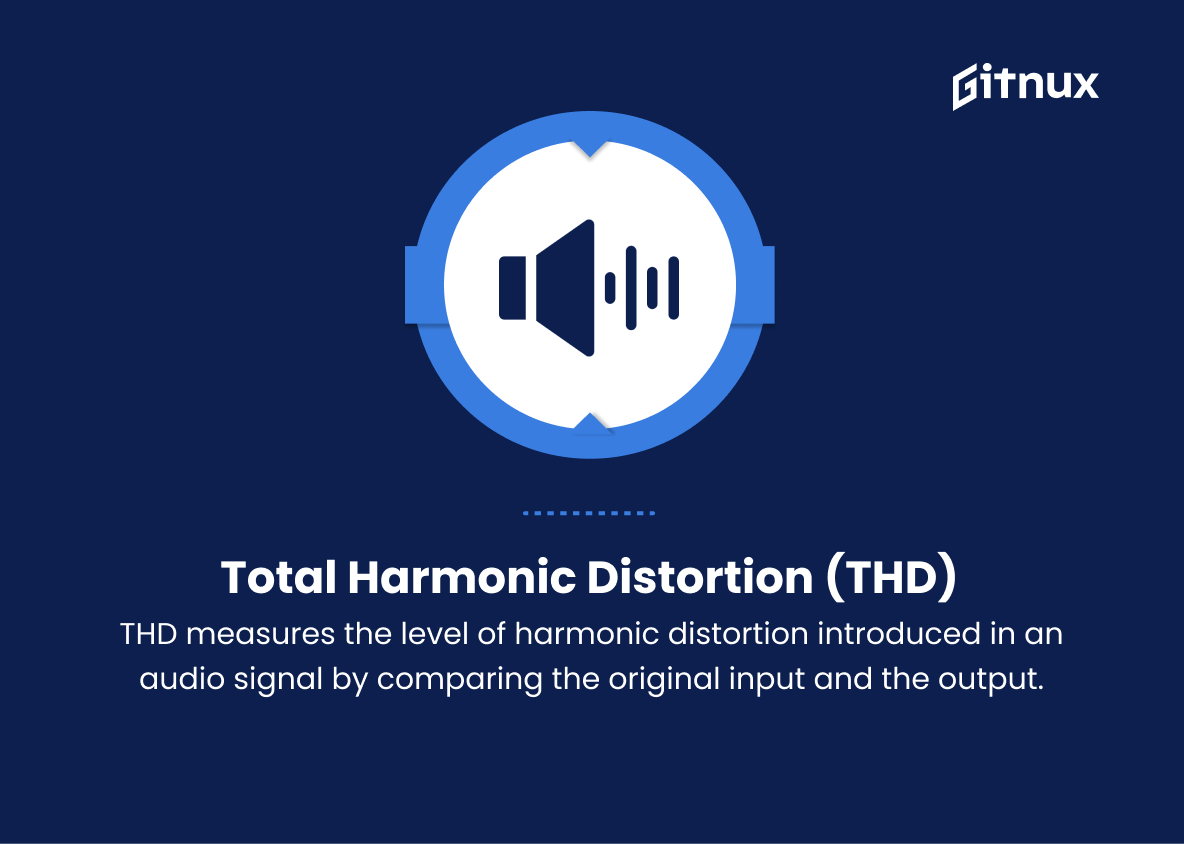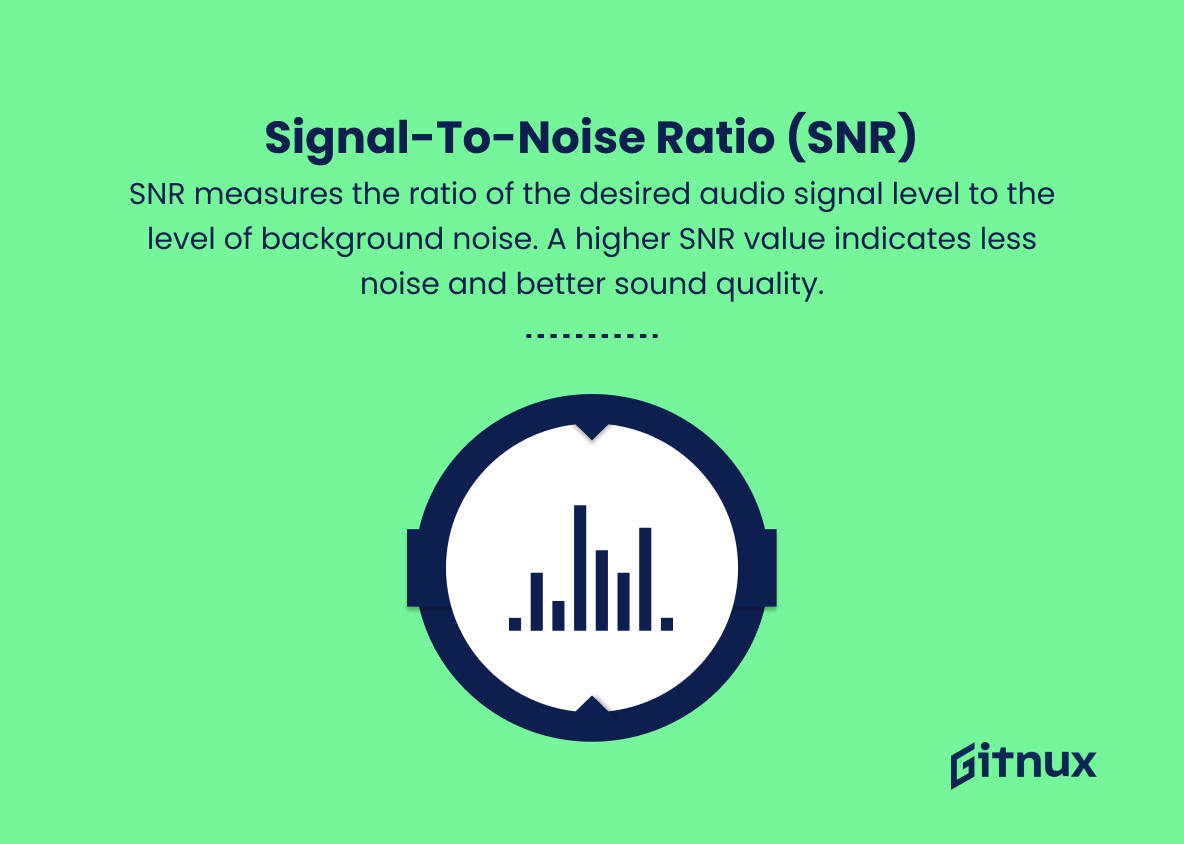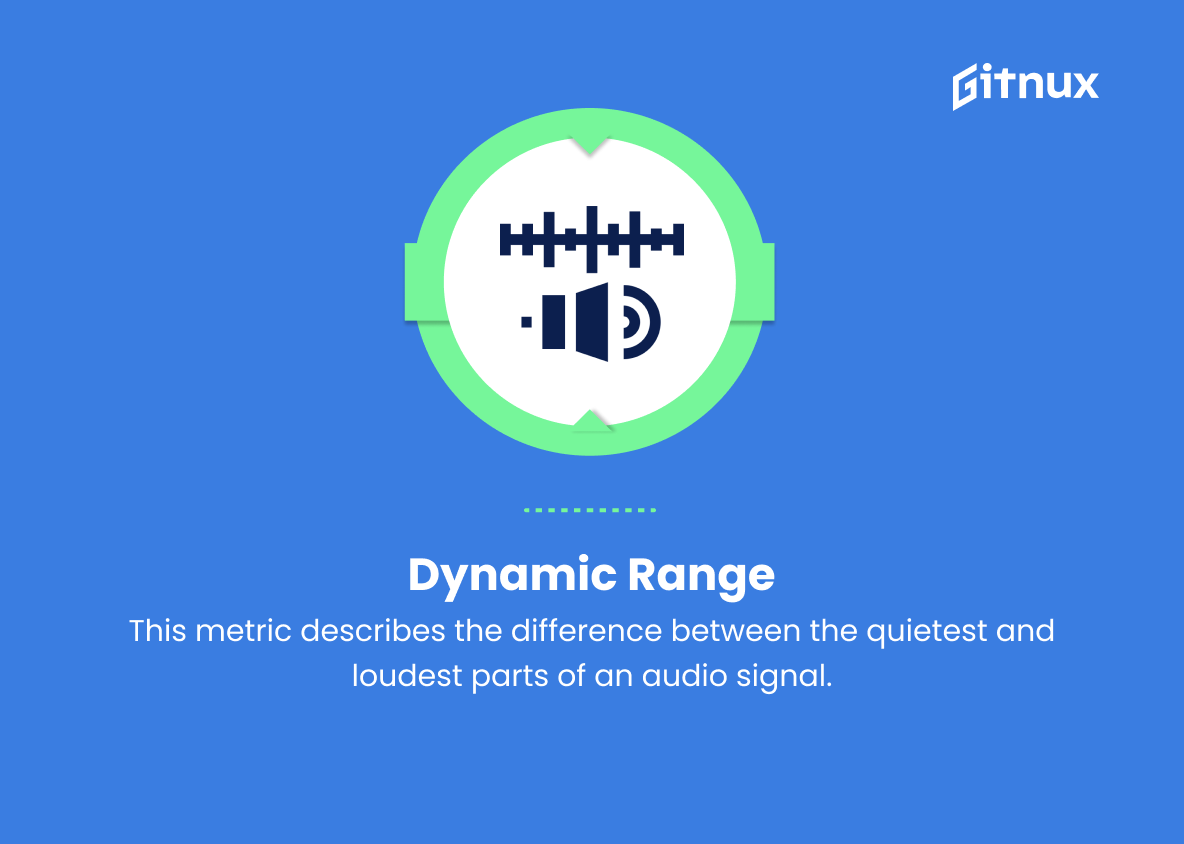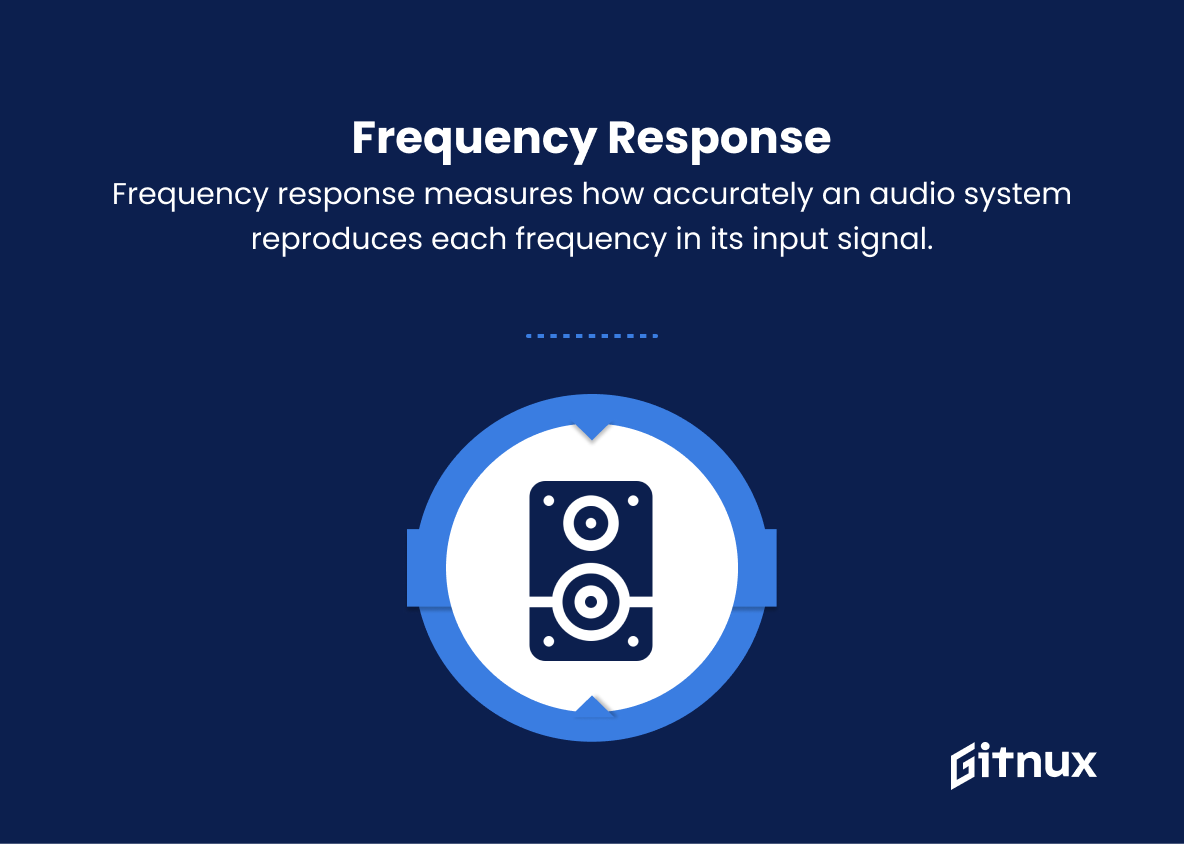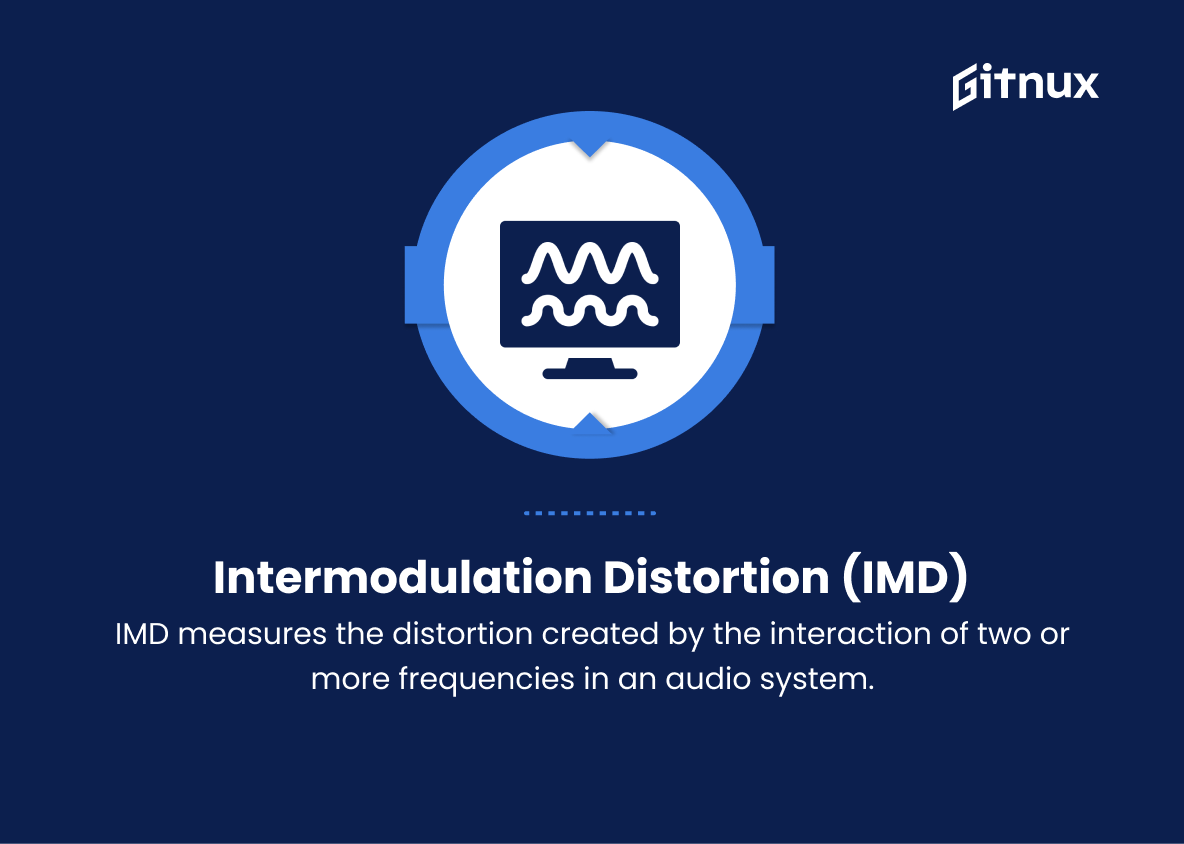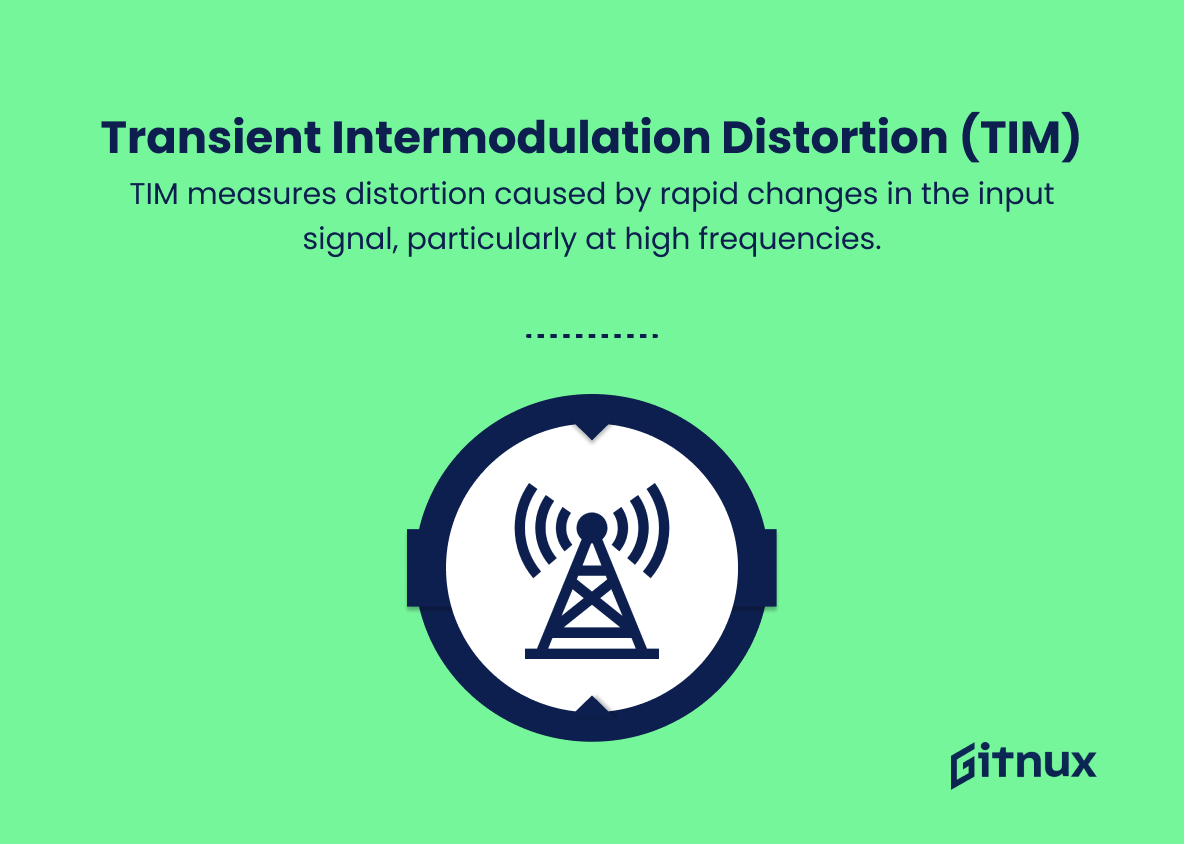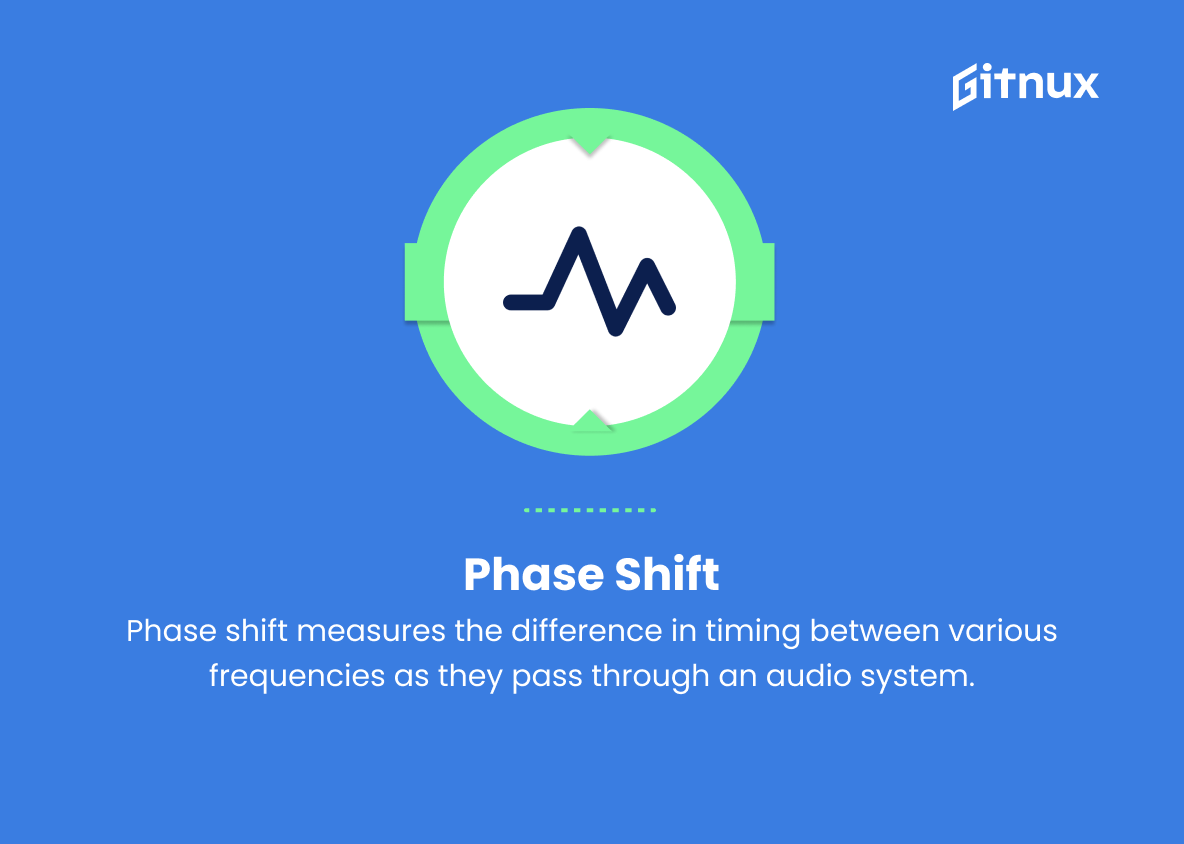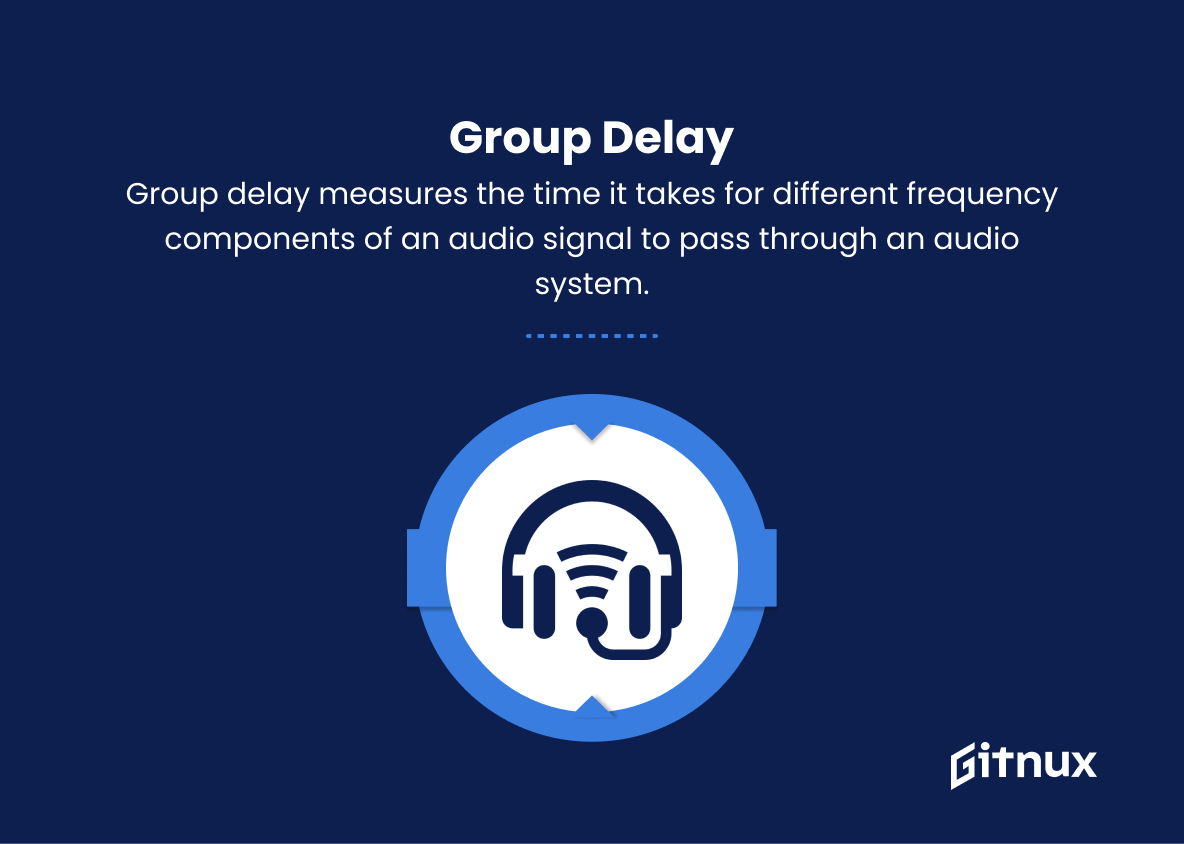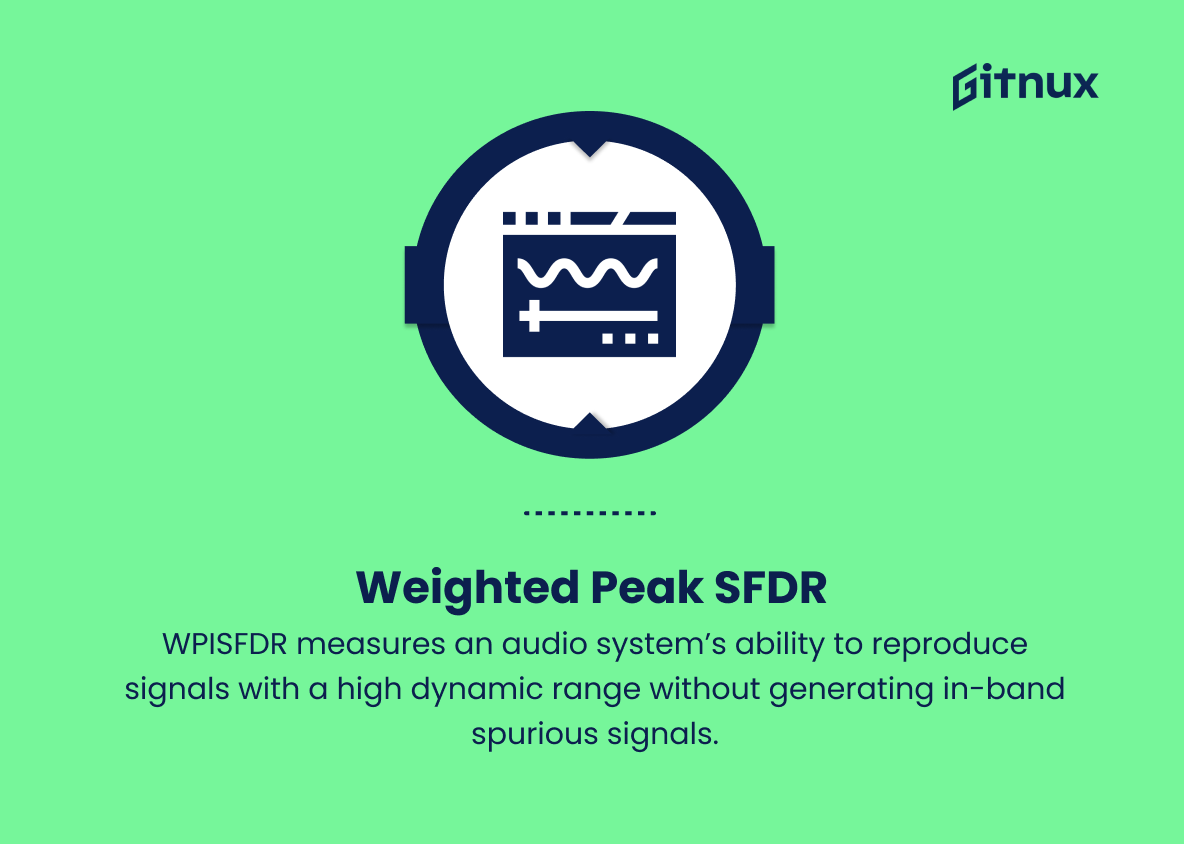In today’s world of high-resolution audio and advanced technology, sound quality has become an increasingly important factor in the listening experience. Whether it’s music, podcasts, or movies, audiences expect crystal-clear audio that captures every nuance of the source material. In this blog post, we will delve into the world of Sound Quality Metrics, exploring the various methods and parameters used to evaluate and quantify the overall performance of audio systems.
By understanding these metrics, audio professionals, enthusiasts, and casual listeners alike can make informed choices when it comes to selecting the perfect sound equipment or optimizing their listening environments. So, let’s immerse ourselves in the fascinating realm of audio quality measurements and unlock the secrets to a breathtaking auditory experience.
Sound Quality Metrics You Should Know
1. Total Harmonic Distortion (THD)
THD measures the level of harmonic distortion introduced in an audio signal by comparing the original input and the output. Lower values of THD indicate a more accurate reproduction of the original sound.
2. Signal-to-Noise Ratio (SNR)
SNR measures the ratio of the desired audio signal level to the level of background noise. A higher SNR value indicates less noise and better sound quality.
3. Dynamic Range
This metric describes the difference between the quietest and loudest parts of an audio signal. A higher dynamic range indicates a greater ability to reproduce both very quiet and very loud sounds without distortion.
4. Frequency Response
Frequency response measures how accurately an audio system reproduces each frequency in its input signal. A flat frequency response indicates equal reproduction of all frequencies, ensuring accurate sound reproduction.
5. Crosstalk
Crosstalk measures the amount of unwanted signal leakage between audio channels. Lower levels of crosstalk result in better stereo separation and sound quality.
6. Impulse Response
Impulse response is a measure of how quickly a sound system can respond to abrupt changes in the input signal. A fast impulse response ensures accurate reproduction of transient elements in the sound.
7. Intermodulation Distortion (IMD)
IMD measures the distortion created by the interaction of two or more frequencies in an audio system. Lower IMD values indicate less distortion and better sound quality.
8. Transient Intermodulation Distortion (TIM)
TIM measures distortion caused by rapid changes in the input signal, particularly at high frequencies. Lower TIM values result in better high-frequency reproduction and overall sound quality.
9. Phase Shift
Phase shift measures the difference in timing between various frequencies as they pass through an audio system. Excessive phase shift can cause audible artifacts such as ‘smearing’ or ‘blurring’ of the sound.
10. Group Delay
Group delay measures the time it takes for different frequency components of an audio signal to pass through an audio system. Consistent group delay across all frequencies ensures accurate reproduction of the sound’s timing and clarity.
11. Weighted Peak In-band Spurious-Free Dynamic Range (WPISFDR)
WPISFDR measures an audio system’s ability to reproduce signals with a high dynamic range without generating in-band spurious signals. Higher values indicate better sound quality and a lower likelihood of generating unwanted artifacts.
12. Acoustic Echo Return Loss (AERL)
AERL is a measure of how well an audio system suppresses acoustic echo, which can negatively affect sound quality in telecommunication applications. Higher AERL values indicate better echo cancellation and improved sound quality.
Sound Quality Metrics Explained
Sound quality metrics play a crucial role in evaluating the performance and accuracy of audio systems. Total Harmonic Distortion (THD) is significant as it measures harmonic distortion in an audio signal, ensuring the accurate reproduction of the original sound. Signal-to-Noise Ratio (SNR) helps determine the level of background noise, improving sound quality. Dynamic Range evaluates the ability to reproduce quiet and loud sounds without distortion. Frequency Response measures the accuracy with which each frequency is reproduced in its input signal, leading to accurate sound reproduction.
Crosstalk assesses stereo separation and sound quality by quantifying unwanted signal leakage between audio channels. Impulse Response and Transient Intermodulation Distortion (TIM) evaluate the responsiveness and high-frequency reproduction, respectively, contributing to the overall sound quality. Phase Shift and Group Delay measure the timing difference between various frequencies and the time taken for different frequency components, ensuring the reproduction of sound’s timing and clarity.
Weighted Peak In-band Spurious-Free Dynamic Range (WPISFDR) and Acoustic Echo Return Loss (AERL) evaluate the audio system’s ability to prevent unwanted in-band spurious signals and suppress acoustic echo, both contributing to better sound quality. In summary, these sound quality metrics are essential in assessing the fidelity and performance of an audio system, ultimately enhancing the listener’s experience.
Conclusion
In conclusion, sound quality metrics play a critical role in evaluating audio systems, ensuring a satisfying listening experience, and maintaining high standards within the audio industry. While various factors such as frequency response, dynamic range, and harmonic distortion may tell us about different aspects of a sound system’s performance, it’s the combination of these metrics that ultimately determines the perceived audio quality.
By understanding and utilizing these sound quality metrics, audio engineers, product designers, and content creators can make more informed decisions in their work, strive for continuous improvement, and provide listeners with exceptional audio experiences. Therefore, staying aware of these metrics is essential for anyone involved in the audio domain. Keep in mind that the pursuit of audio perfection is an ongoing process and staying up-to-date with the latest advancements in sound technology will only lead to more accurate measurements and higher sound quality in the future
